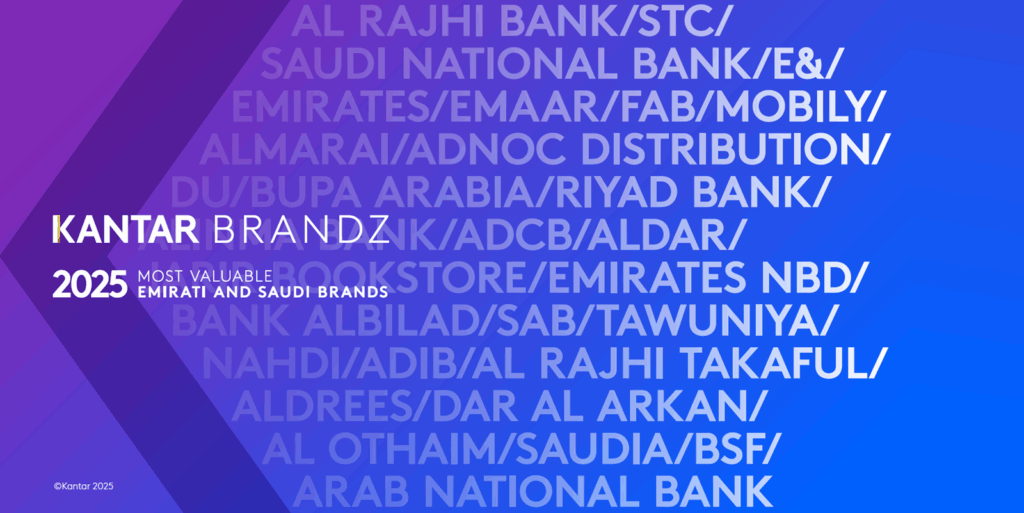It seems that the phrase “content is king” is as old as the advertising industry itself. However, there is a new player in the game and it is quickly growing to be bigger. Some might argue that if content is king, then context is god. In fact, this conversation is so contemporary that it was the subject of a talk at the recent Festival of Media Global in May. But how important is context really? We ask the experts.
Most important player: relevant timing, device or platform?
Relevant timing is the most important since people do certain things at certain times. For instance, your audience might be looking for ways to improve a training exercise in the morning or at night, thinking about what to have for lunch, or planning a night out. Devices would be last in order of importance, because, today, an infinite number of contexts can fit under a device. Platforms can be contextual but, without relevant timing, the intent will not be absorbed. Ideally, the context game should involve a combination of all three: marketers should be able to communicate the right content at the right time and in the right place – Jabri
Context marketing is the art of perfectly aligning all variables of a single consumer moment and pushing the perfect message at that time. Variables include the right prospects, current state of mind, journey within the purchase funnel, device and platform – whether it is social, video, news, or other. Relevant timing is the most important aspect and it depends on how quickly advertisers can read the data and deliver the right message. There are billions of perfect moments every day and the question is whether we are well positioned to push the right message at the relevant moment – Shams
None of the above. Although all three are interrelated, none of them can be singled out as the most important. The most important player in the context game is the user. Before mobile, when the industry knew nothing about programmatic media or native advertising, a creative brief contained the question: “When and where is the consumer most receptive to the message?” Today, we ask the same question but rely on different tools, such as data analytics, to find the answer. Still, the emotional impact that a piece of communication has on the consumer will depend on the right time, the device used at that time and the nature of the activity the user is engaged in – Kudryashova
Common context malpractices
Common malpractices include relying on little or poor data to draw context, or not tailoring the communication based on the context itself. Context decays quickly; if we can’t instantly make use of the data right then and there, the opportunity is lost. Another malpractice is not having the right technology in place to collect and process signals in real time as consumers browse different channels or complete purchases and, consequently, we miss out on serving a relevant message as quickly as possible and capitalizing on the right context – Jabri
Looking at context marketing in MENA, most campaigns are based on a vision of what technology allows us to do if we know how to harness it well. The core issue is that the breadth of media targeting is yet to match the breadth of creative. Are creative agencies positioned to produce multiple creative options for multiple consumer moments to be delivered instantly? And are clients ready to plan and approve quickly? Advertisers everywhere are struggling to figure out a structure and process that allows them to hit the bull’s-eye every time they communicate. Thanks to technology, creatives on the fly are becoming a reality but, in the meantime, three types of challenges will have to be overcome:
- Structural: The structure between media and creative is not always collaborative or agile; they tend to work in isolation. The media industry focuses on targeting and optimizing, while creatives develop messages and concepts that focus on the masses. The solution will most likely be technology.
- Mentality: While we strive for the ideal way to communicate with consumers, many stick with what’s predictable and safe. Rare are the marketers who have a taste for “test and learn”, let alone those willing to fund new ventures.
- Talent and automation: Defining and structuring the best mix of talent to deliver contextual relevancy in every campaign is no mean feat. Undoubtedly, automation will come into play as well to engineer a data-intensive communication in real time and to different prospects, based on their current state – Shams
The accuracy of the determined context depends on the quality of data and correlations that are identified regarding user behavior. A number of sources indicate that roughly 90 percent of all global data today has been created in the past few years. If this is true, the communication and media professionals are at the beginning of the learning curve to use data effectively. The industry is going through an experimentation phase where mistakes are unavoidable and constructive. Today, content might be out of the user’s activity stream, ads might be left there for too long, or perhaps the interaction with the ad is not possible – Kudryashova
How has data contributed to context?
Data’s contribution to context should translate into the marketers’ understanding of the user environment at the time of consumption. Spotify’s Top 100 Playlist is one example of data converging with context: the majority of the playlists are context-related, with chill, party and workout music dominating rap, country and house music. The program also understands niche users, like sprinters. Spotify picks up context signals from a new range of mobile sensors – motion and heart rate monitors. This allows the software to match song choices with a user’s running tempo. When coupled with user profiles, location and timestamp data, context signals can give way to a much wider aperture of scenarios – Jabri
Technology allows us not only to track people’s behavior and engagement, but also to store and use this data in a comprehensive manner in order to deliver ads at a specific consumer moment instantly. The question is, as data is always speaking, are we able to listen before we act accordingly? The answer lies in putting the right talent, structure and automation in place – Shams
Data has a unique power to make communication and messaging relevant, well-timed and personal. The biggest challenge is interpreting the data in an actionable manner. So far, my favorite local examples are Google and Step Conference. Google uses very little data, such as name, date of birth and the current activity of a user’s Gmail account to send personalized Happy Birthday messages to users through Google doodles. Another example is Dubai’s Step Conference. This year, the organizers gently and effectively informed me about the next conference dates and content. For their native ads, they chose professional platforms, without unnecessary disruption of my personal time. I hope that very soon, data will be seamlessly contributing not only to effective messaging, but also to larger areas of our wellbeing, such as sustainability and health – Kudryashova
When good content goes wrong because of context
For all the “content is king” supporters, context has dethroned content. The amount of content pushed to consumers on a daily basis is growing continuously, yet the number of hours we have each day is finite. This means content itself is no longer enough. It is now critical to hit the right context in order for content to resonate with people. A pizza restaurant isn’t the best place to sell a lot of bikes and a bike shop isn’t the best place to sell a lot of pizzas – Jabri
Whether online or offline, a message has the most impact when its content is delivered in the ideal context. A striking luxury car ad served on a site alongside news of a disaster will clearly not reach the audience, no matter how right it is for the brand, in the optimal state of mind – Shams
Surely, most content is created with good intentions to help users enrich their experiences and make better-informed decisions. For some users, content can be subjectively good, for others, subjectively poor. This is not the point. The point is when and how that content is delivered and if the user is in the right emotional state that makes him or her receptive to it. For example, when a person is playing Solitaire on a mobile phone during his or her lunch break, the intention is to unwind – and here comes the ADCB mobile banking app advert, intercepting the game. At this moment, the user’s mind has deliberately shut down from any serious decision-making and the ad causes extreme annoyance. Therefore, when choosing their media and communications partners, brands have to be demanding and inquisitive when it comes to programmatic media capabilities – Kudryashova




